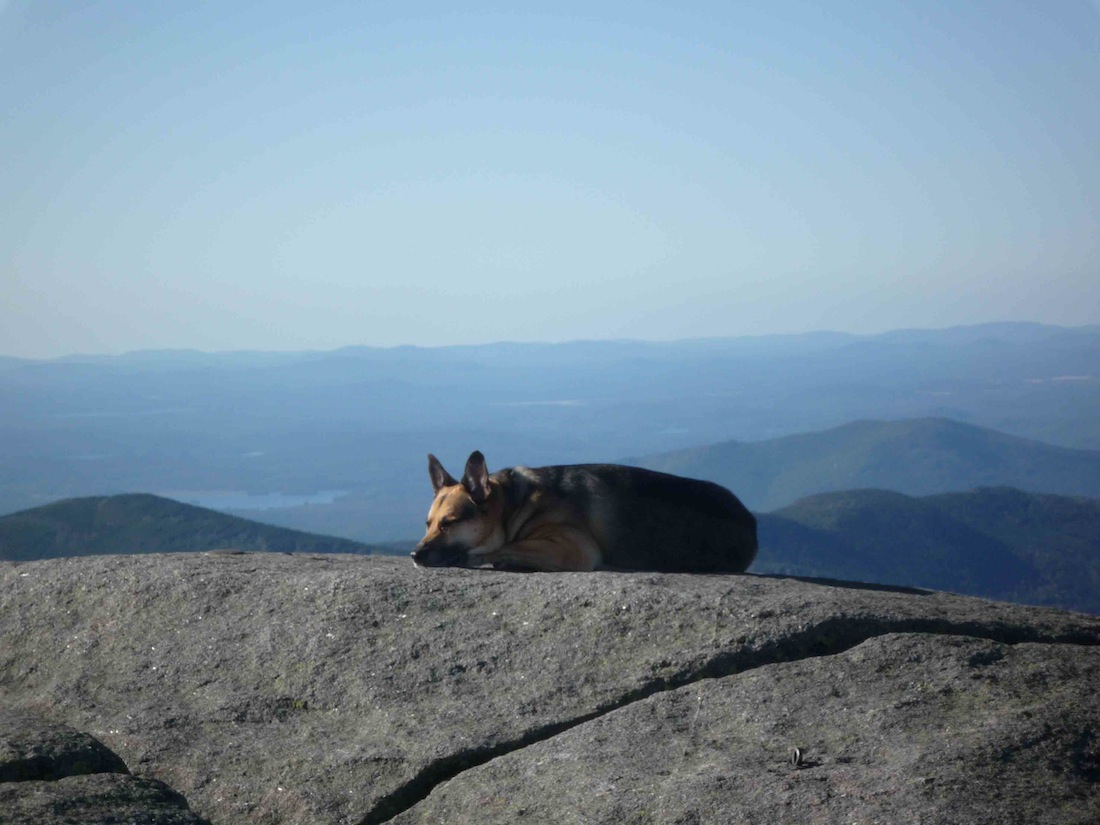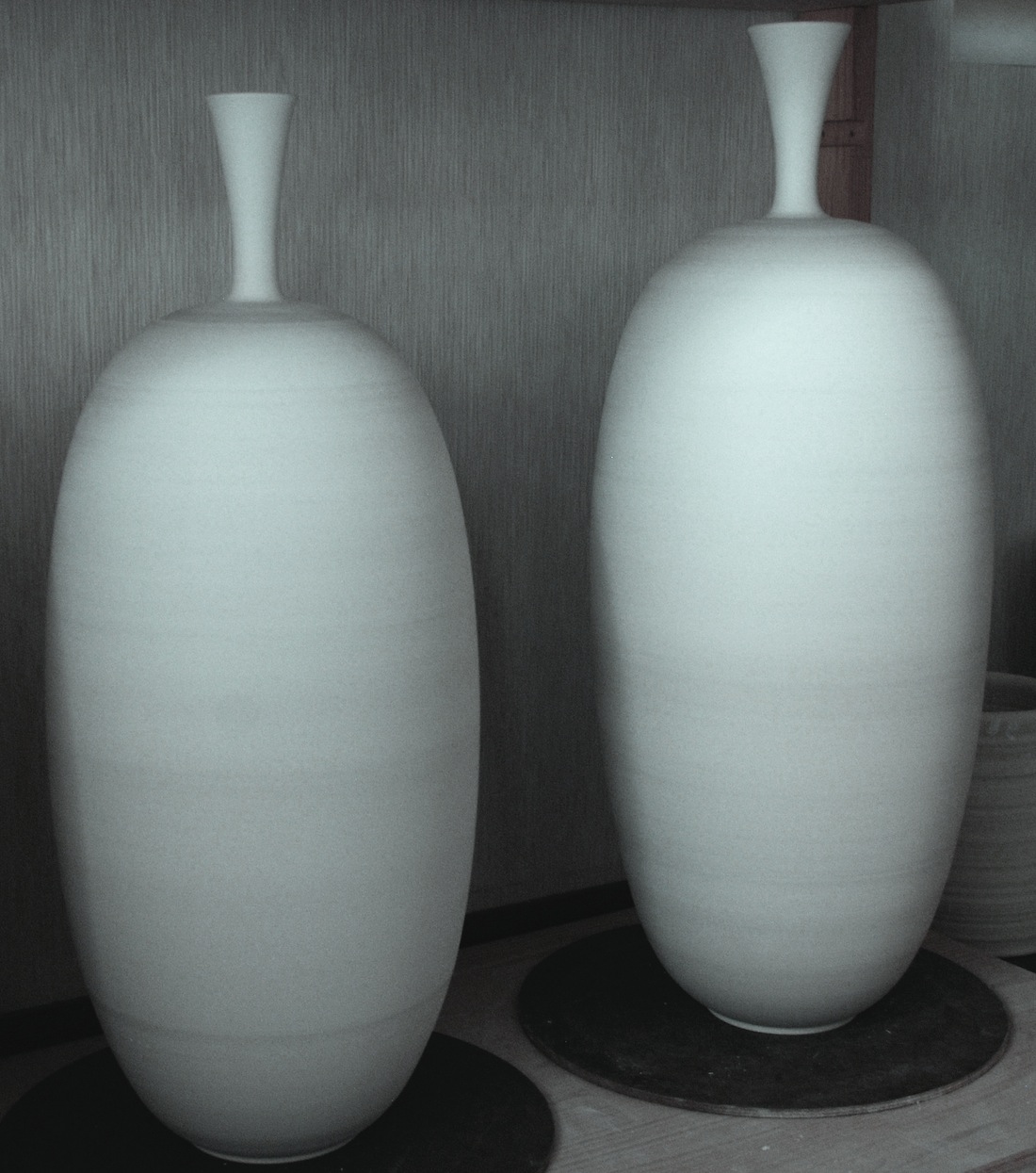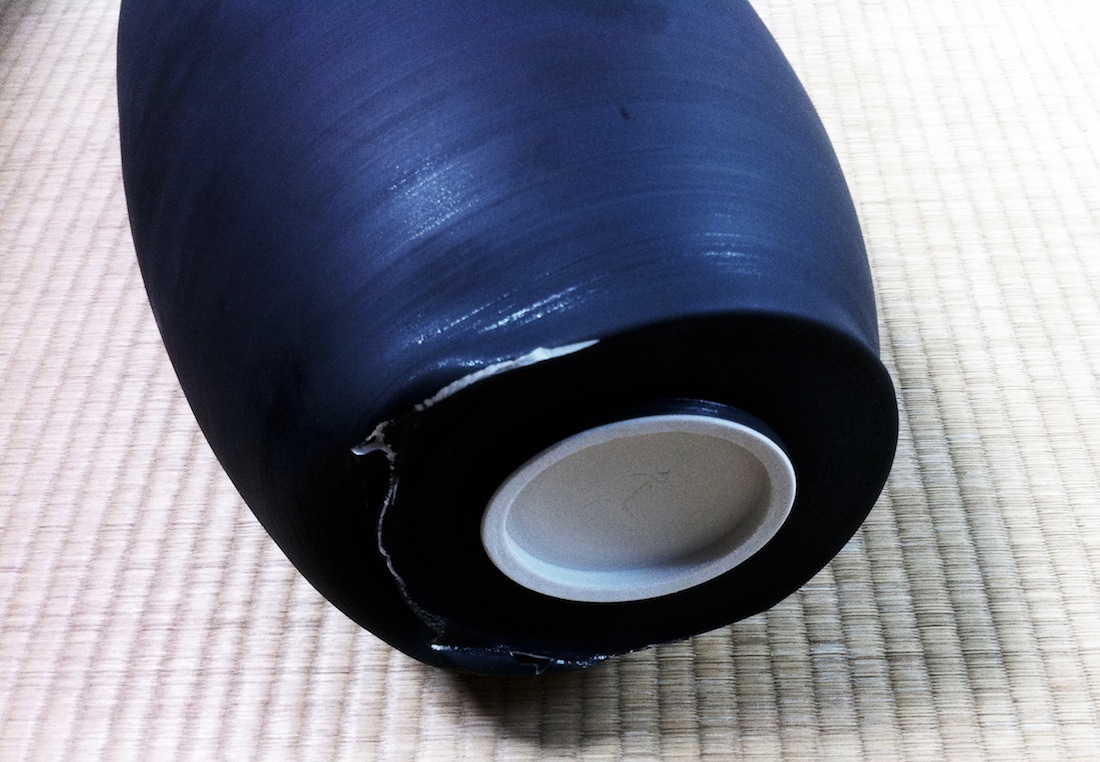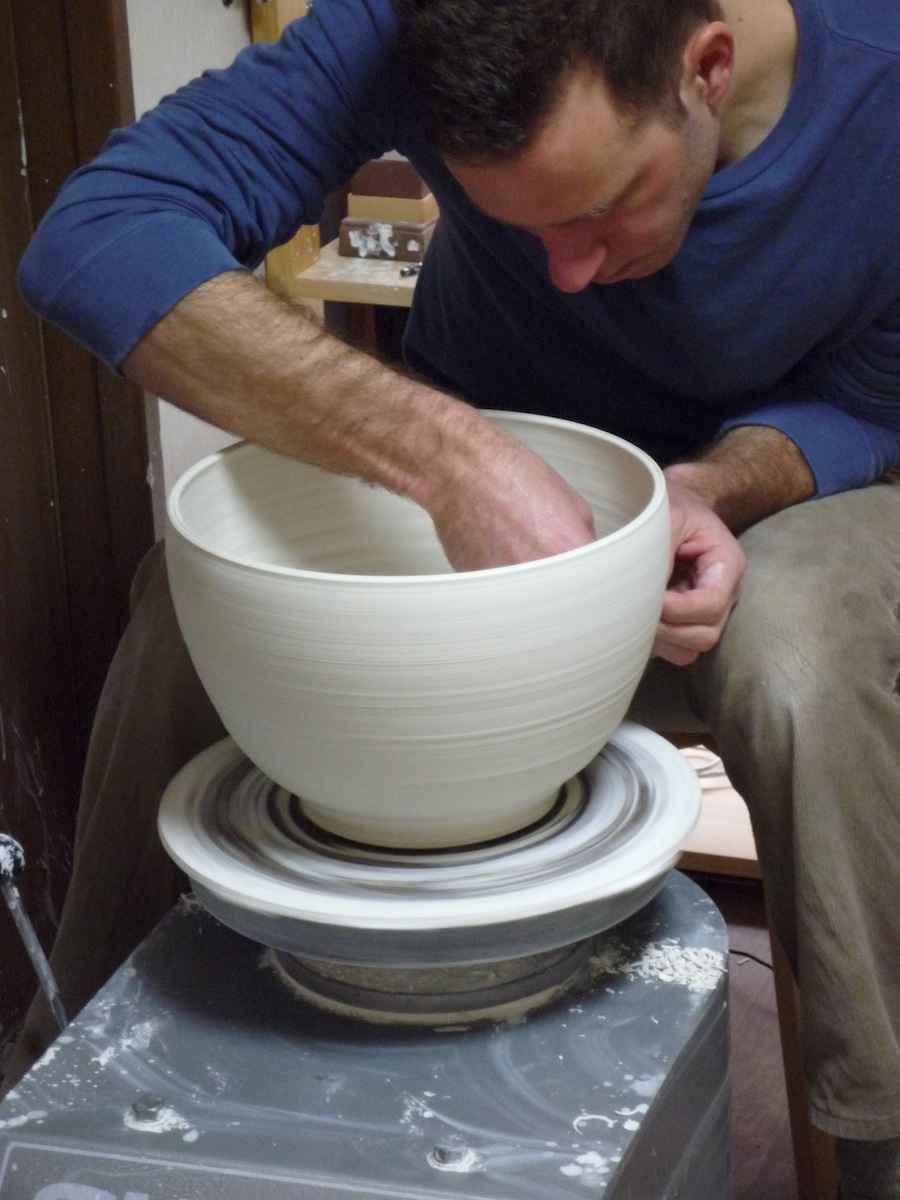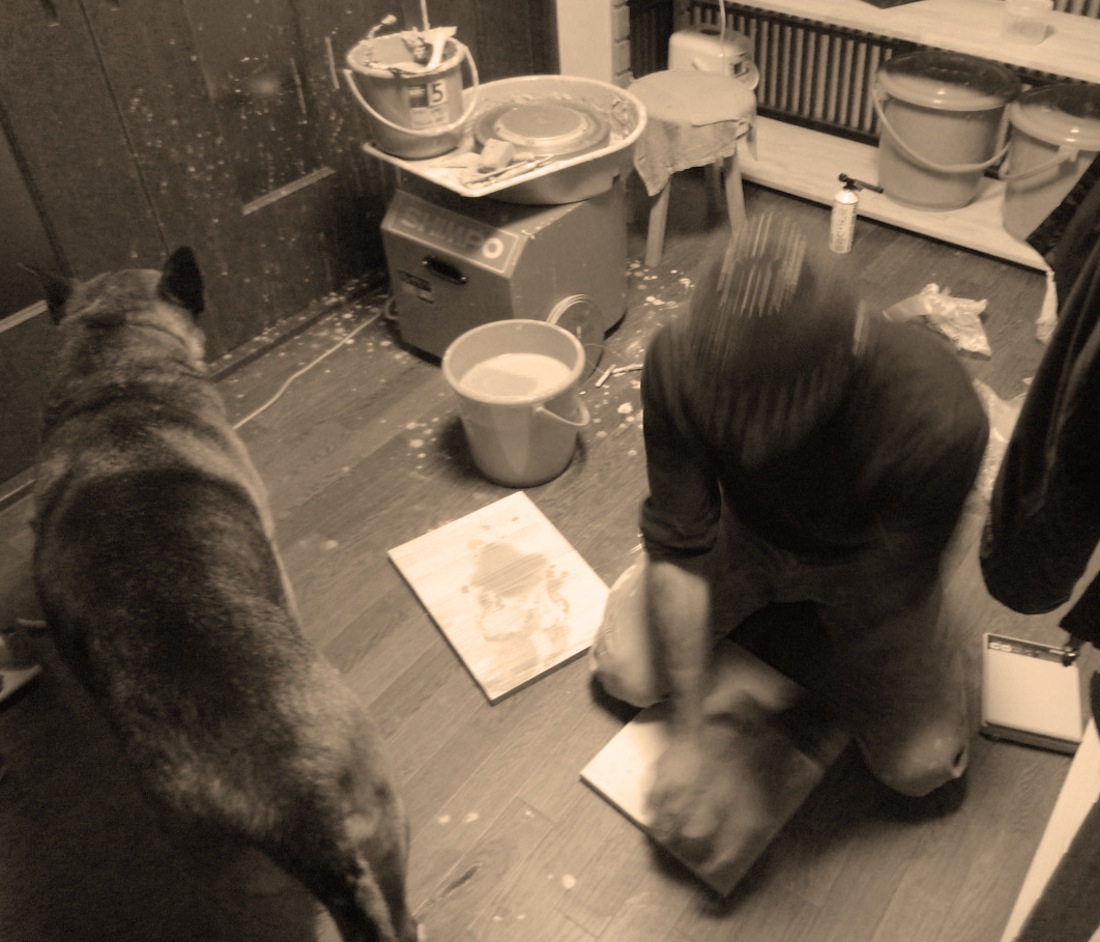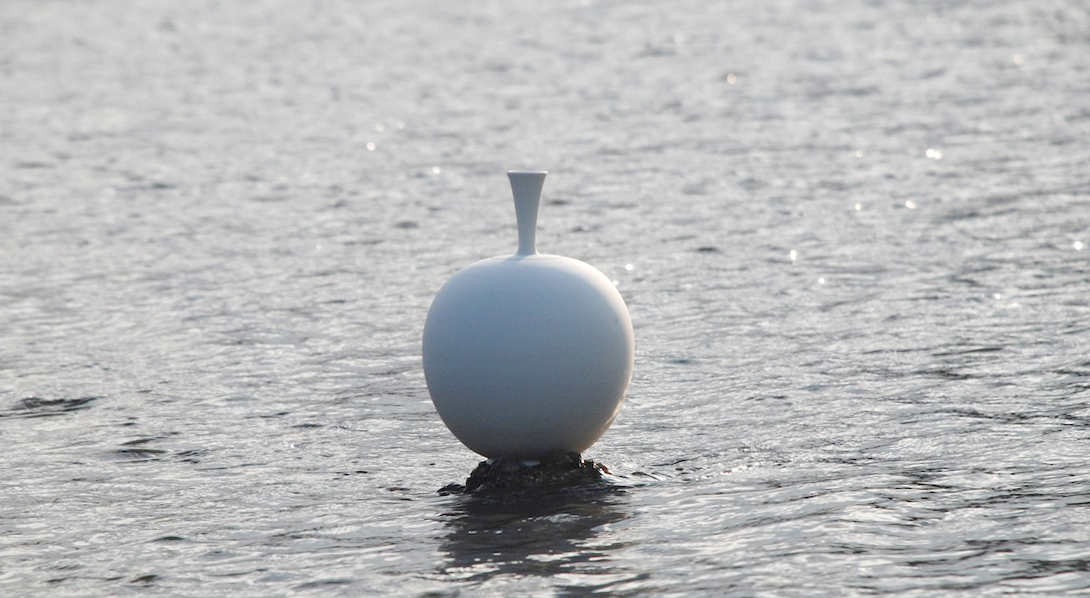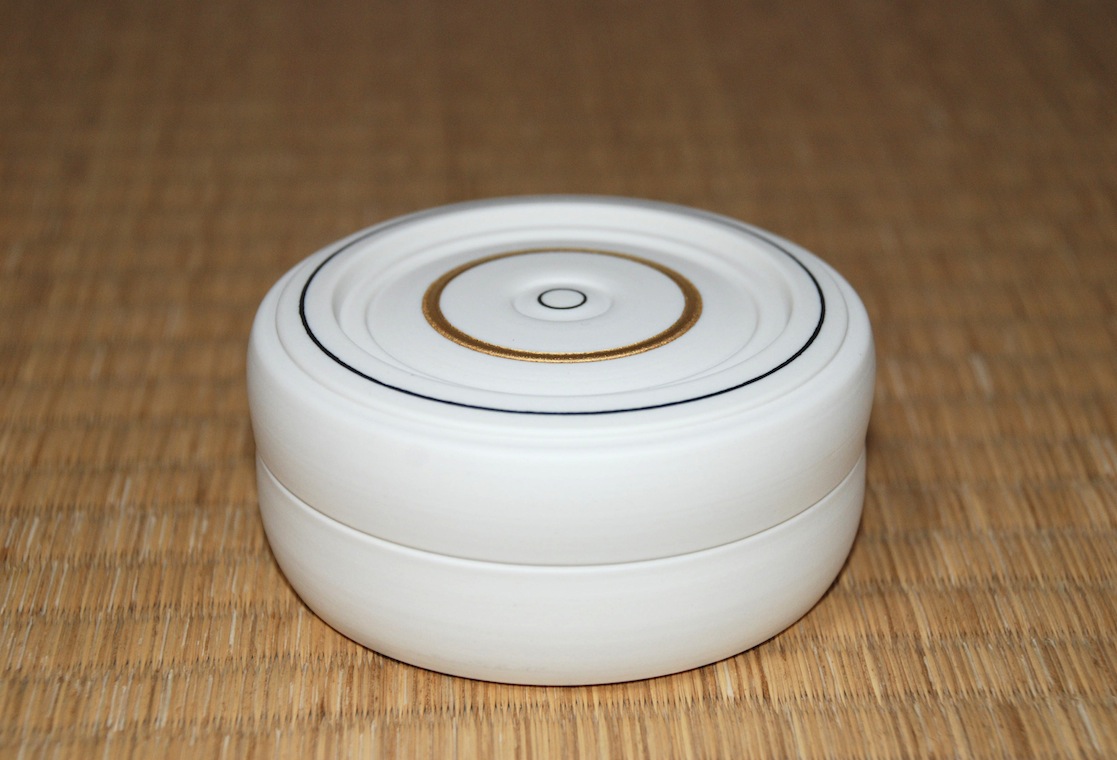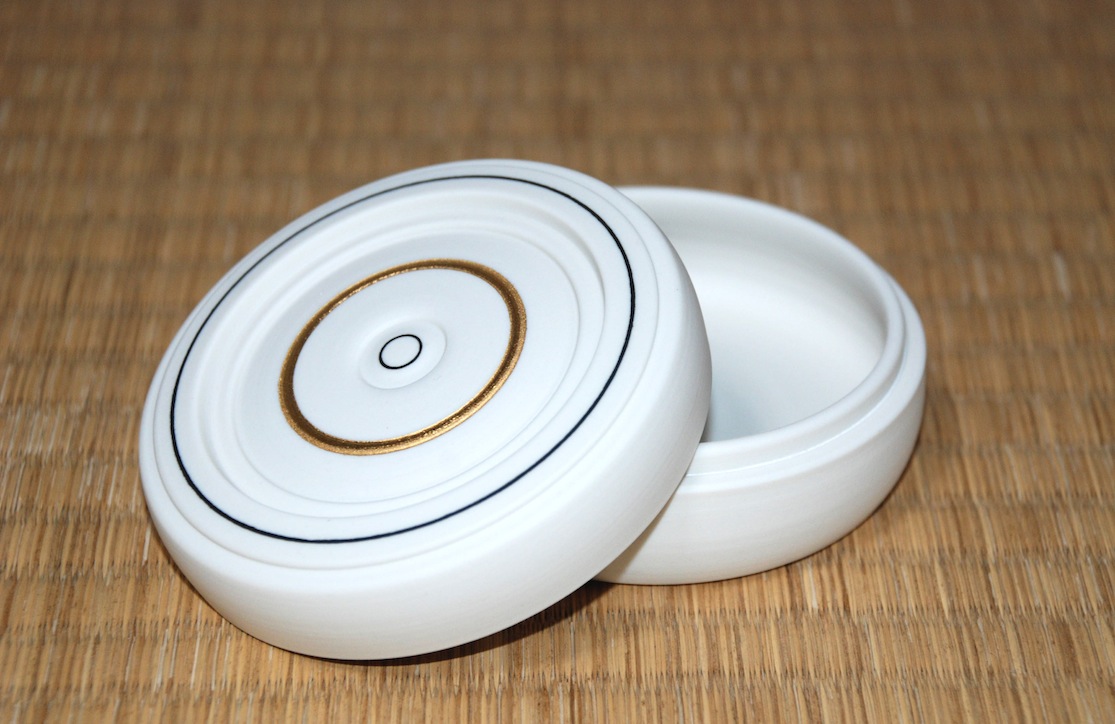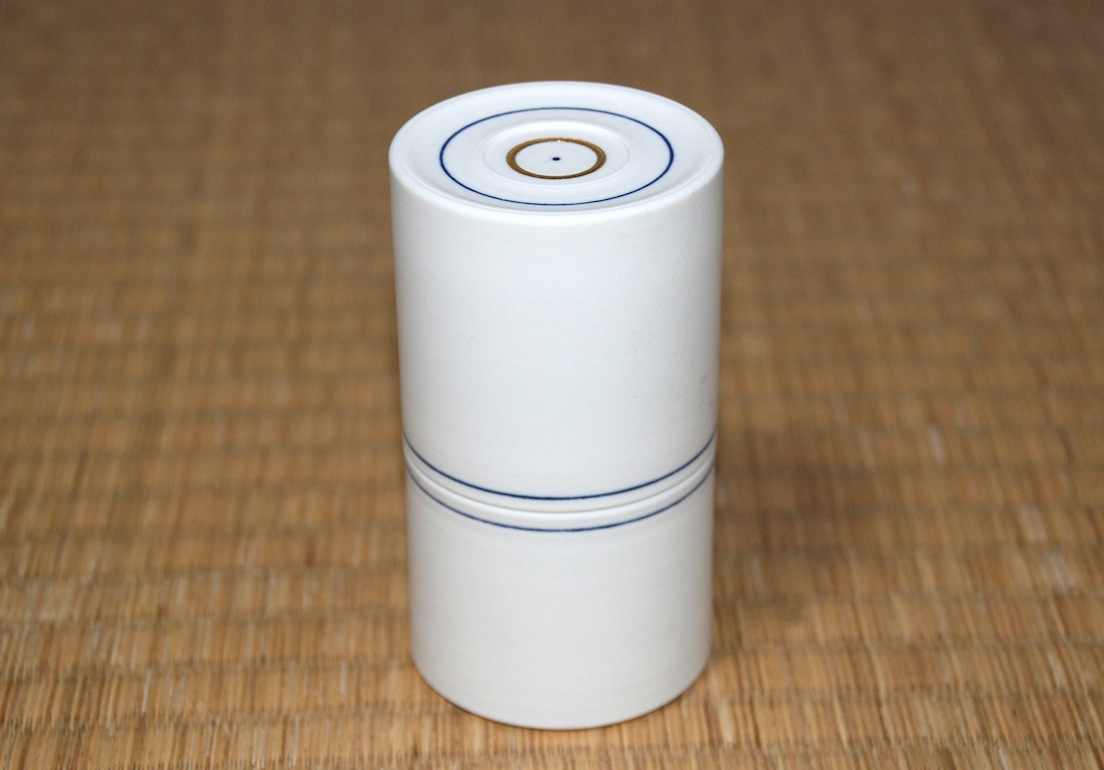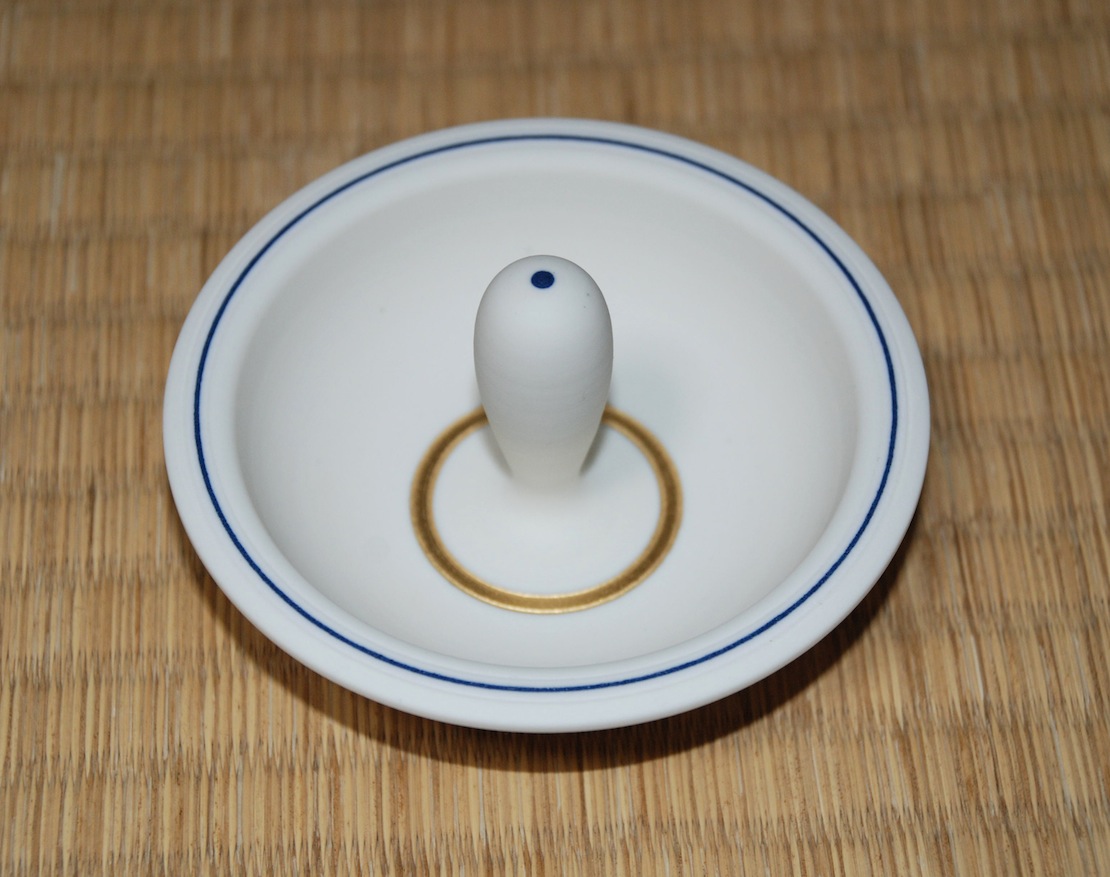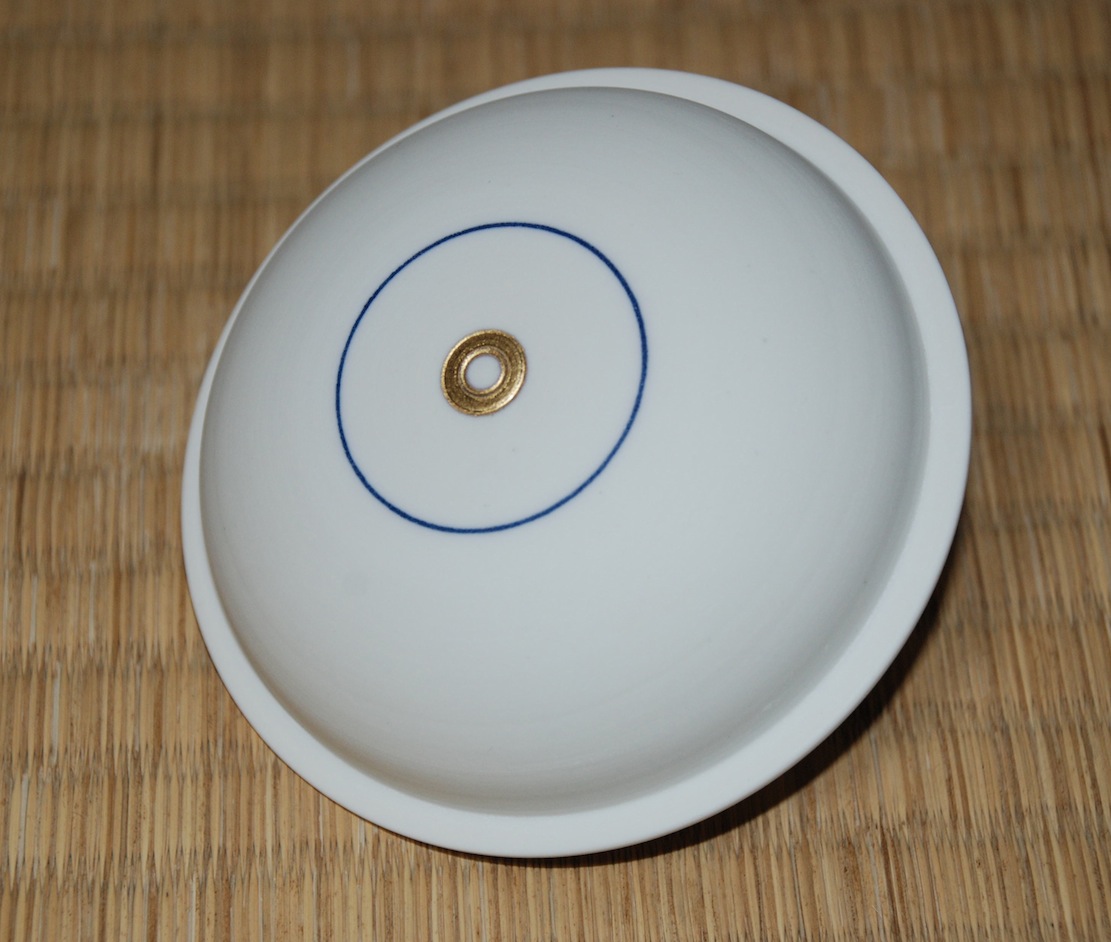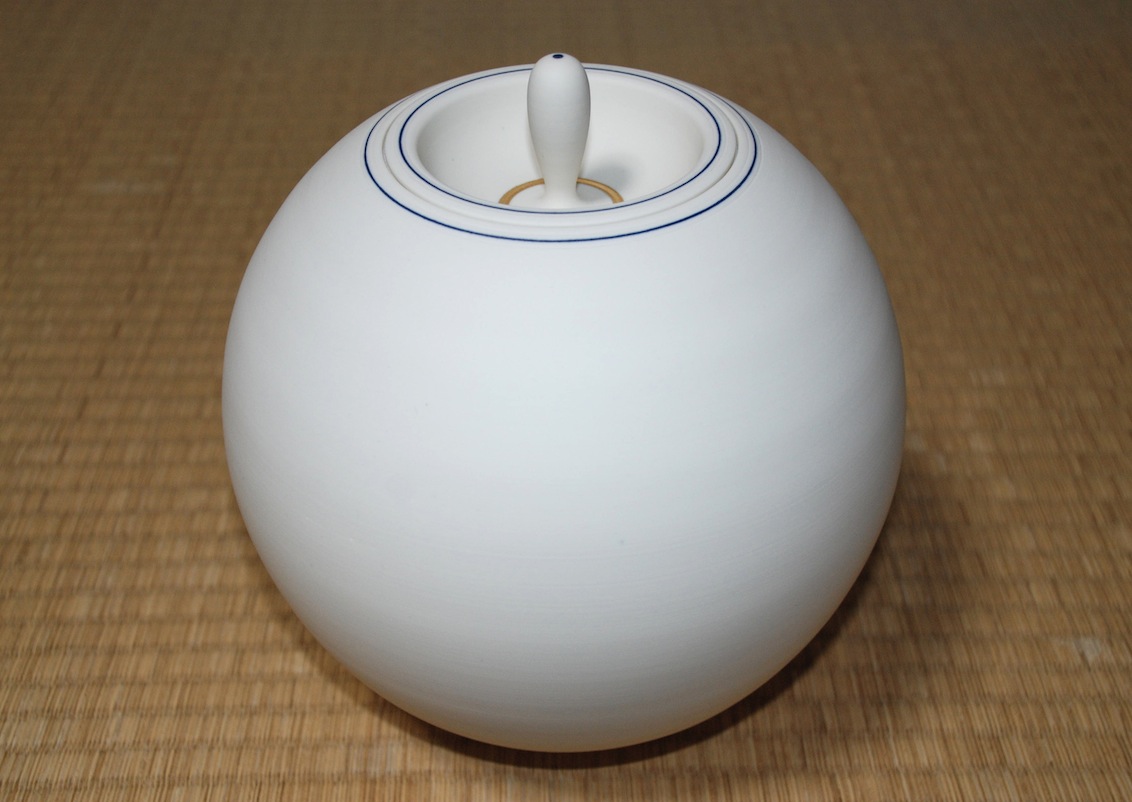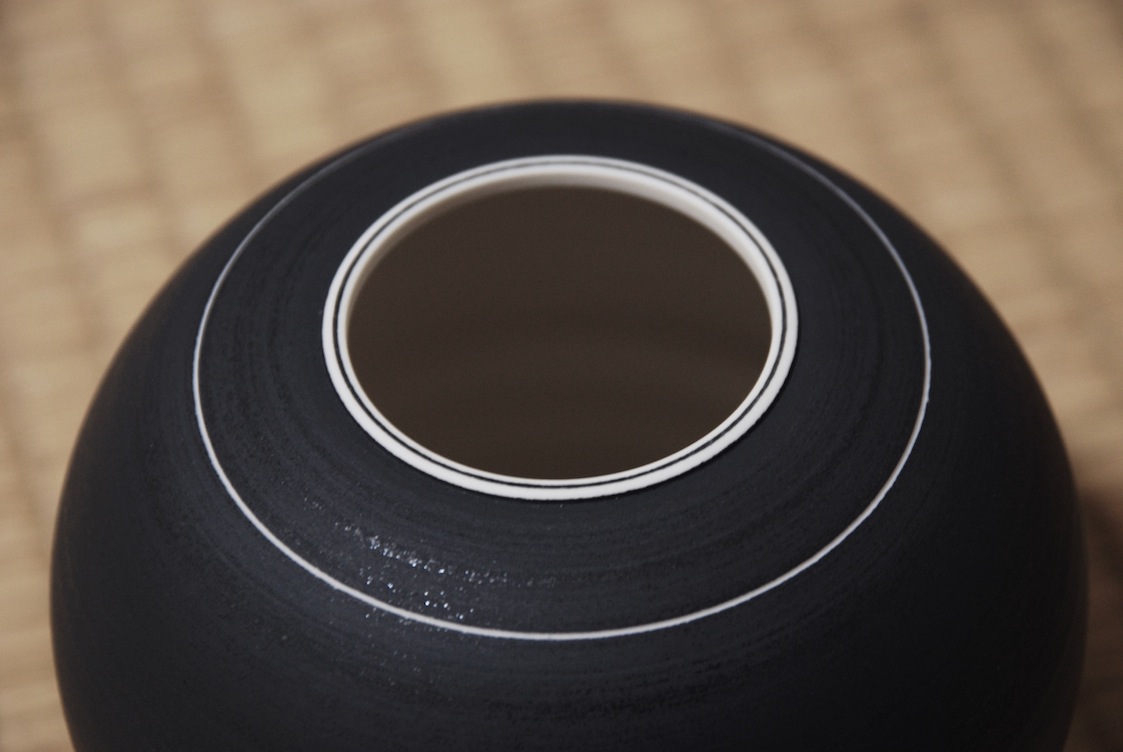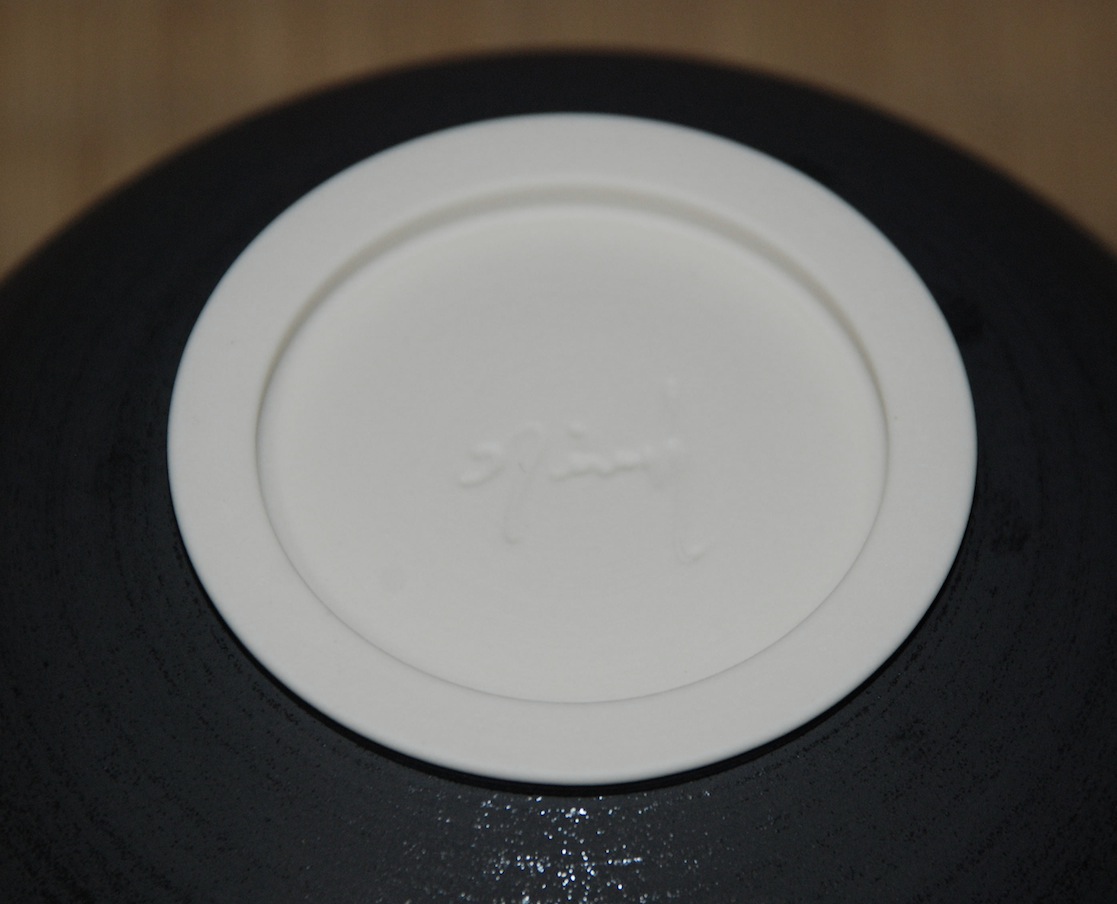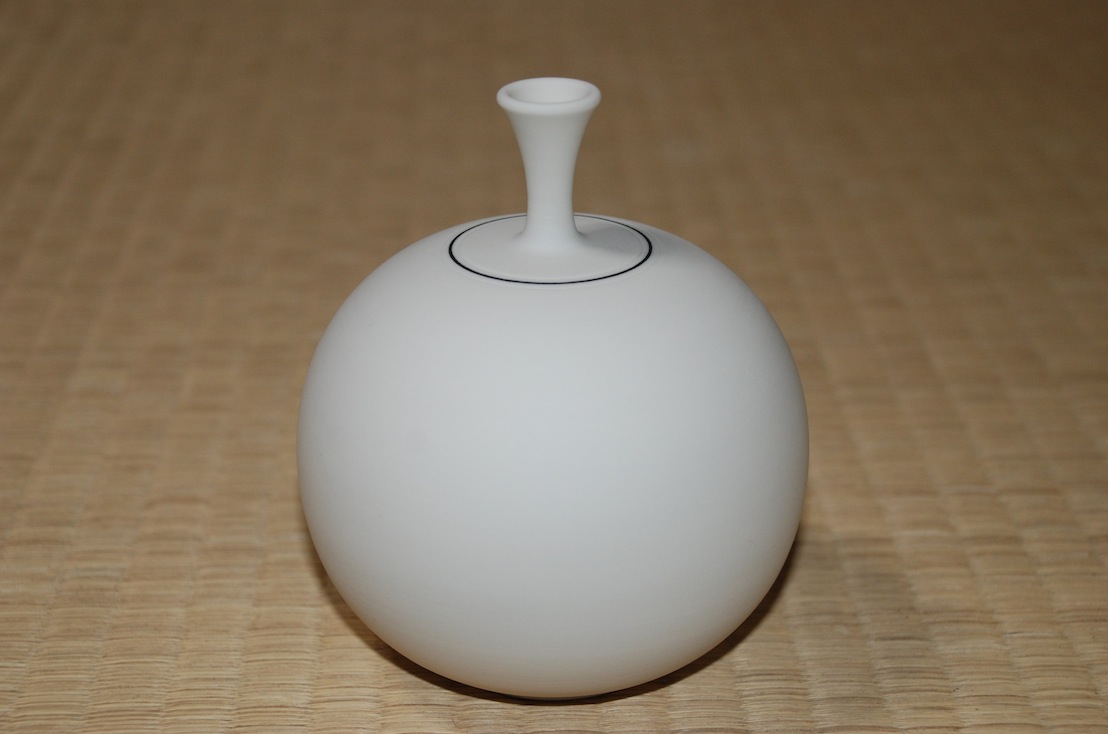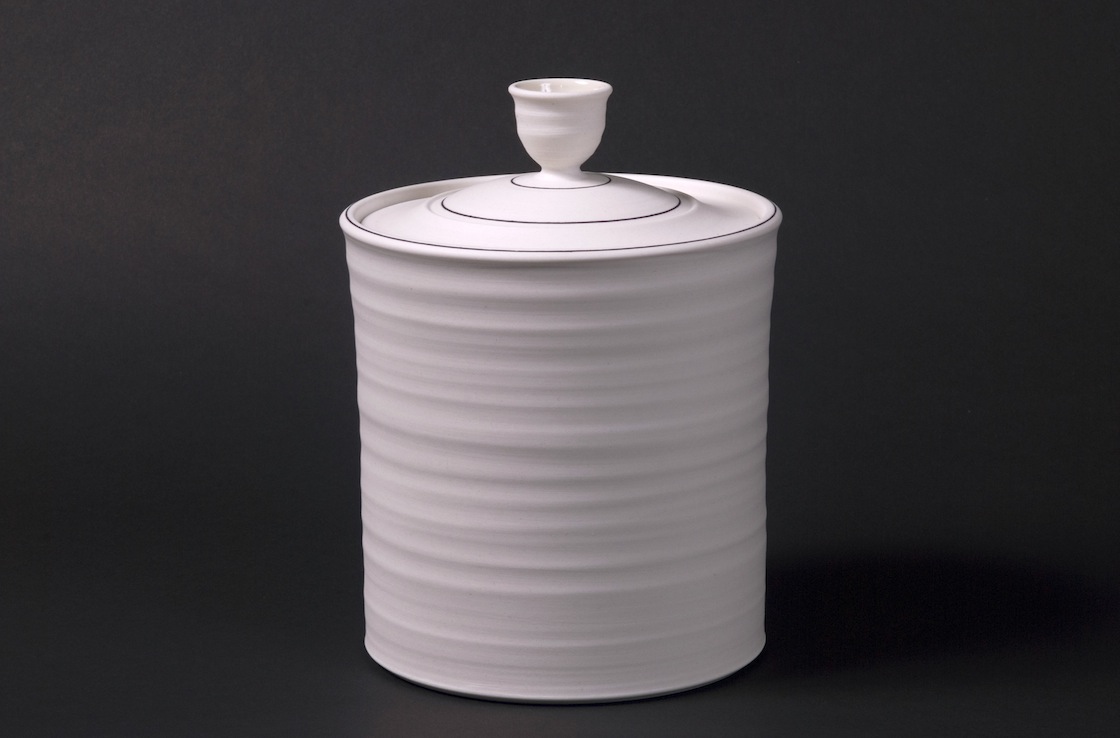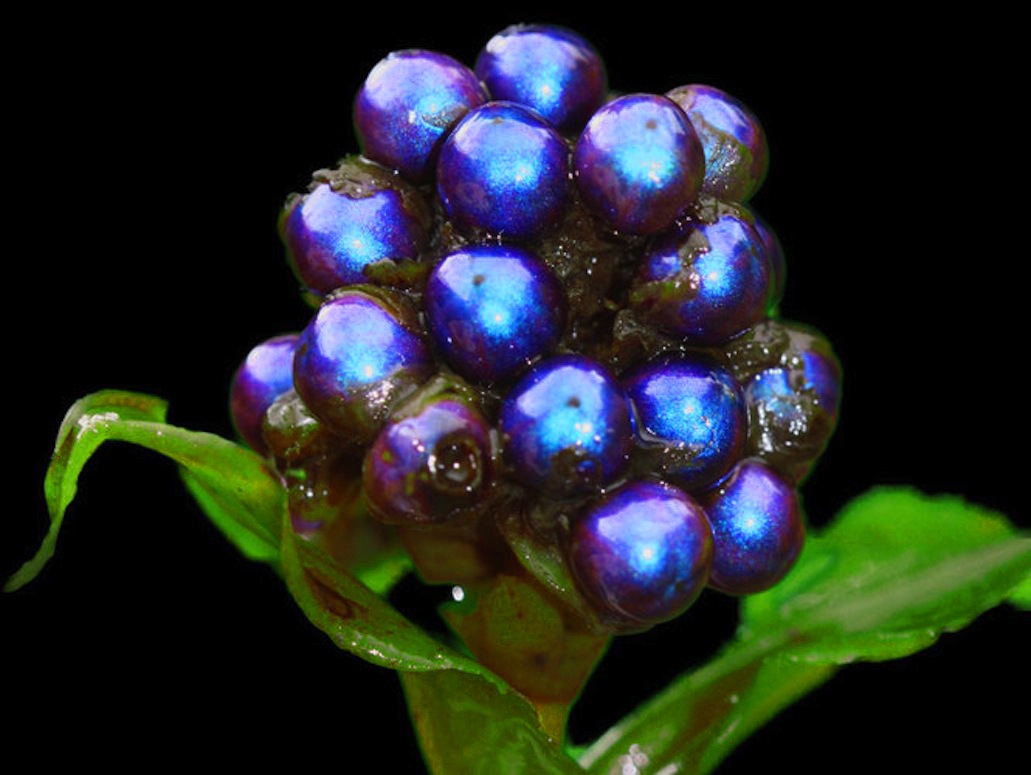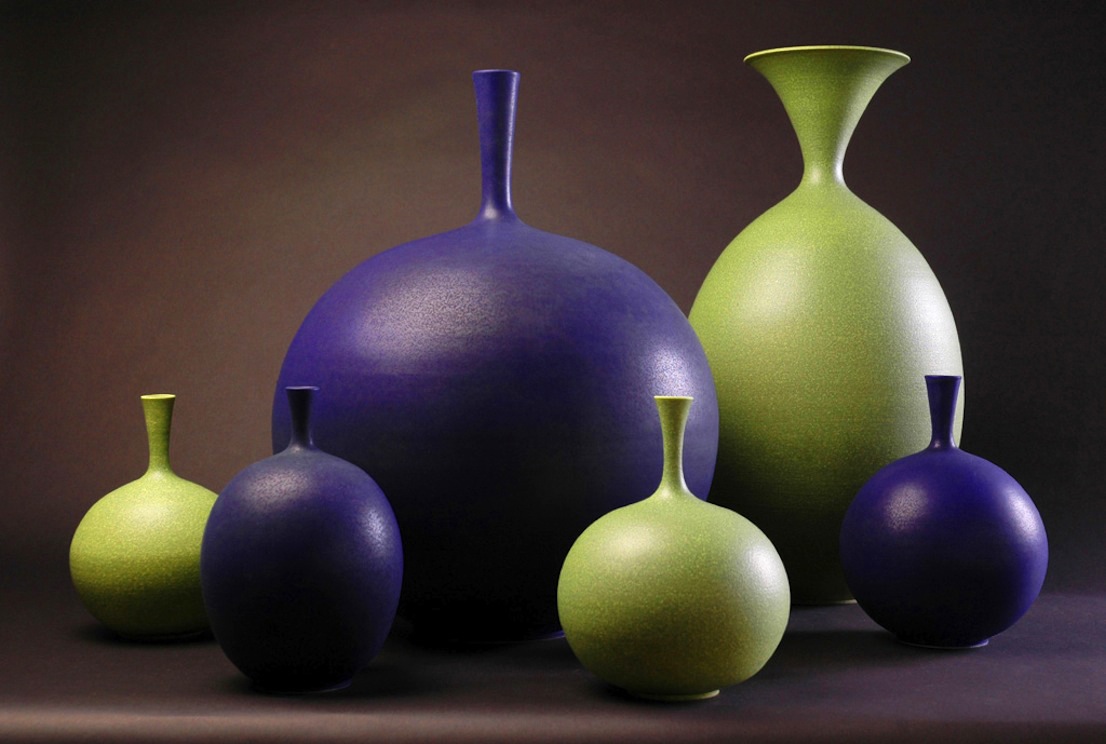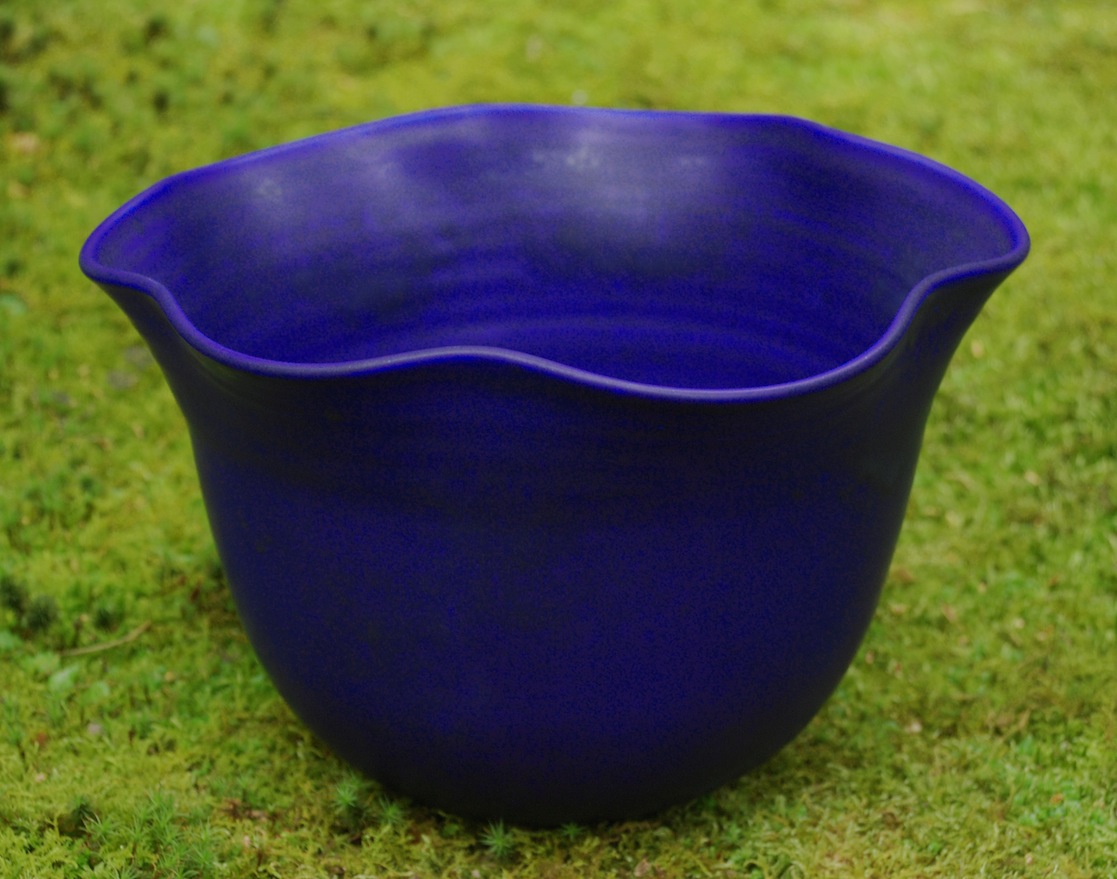Masterpiece
My brother said I created a masterpiece. I can not live up to those words, but I can say I found one on the number 3 train of the New York City subway in the year 2000. My dog Barney died in Kyoto, Japan yesterday. He was my friend, my studio assistant, and my soul. Image #1 is Barney sleeping after summiting Mount Algonquin in the Adirondacks of New York State in 2009. Image #2 is Barney charging after a full snow in the East Village dog run of New York City. Image #3 is Barney under the cherry blossoms in half-bloom in Kyoto, Japan in 2012. Image #4 is Barney the day I found him in late August of 2000. Consequently, the same week in 2000 a man found a human baby on the New York City subway platform. Now that baby is 12 years old and in good care. The same judge who expedited the adoption of that baby, also married into law the man who found that baby, to the man he loves, in New York State, once the law allowed it. http://opinionator.blogs.
